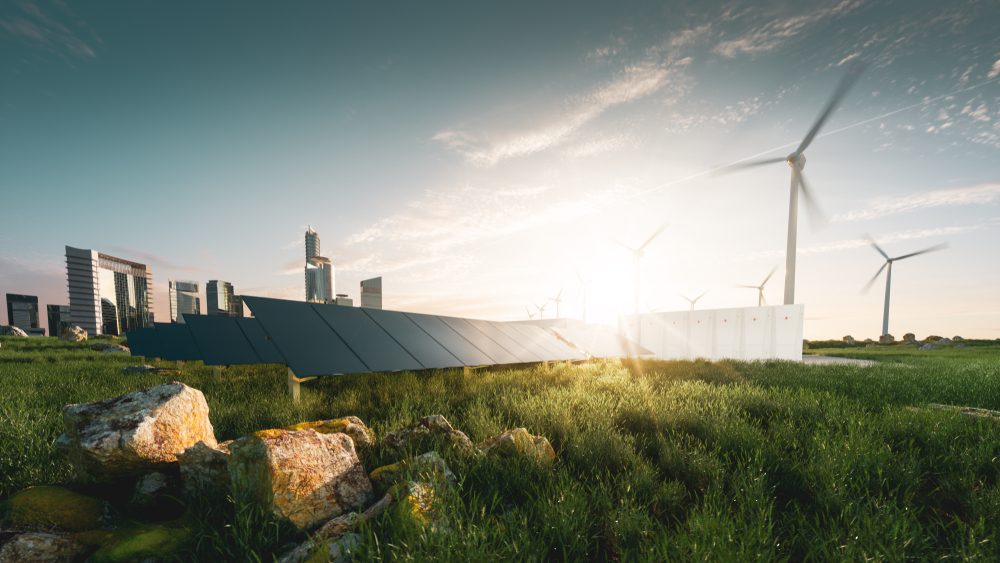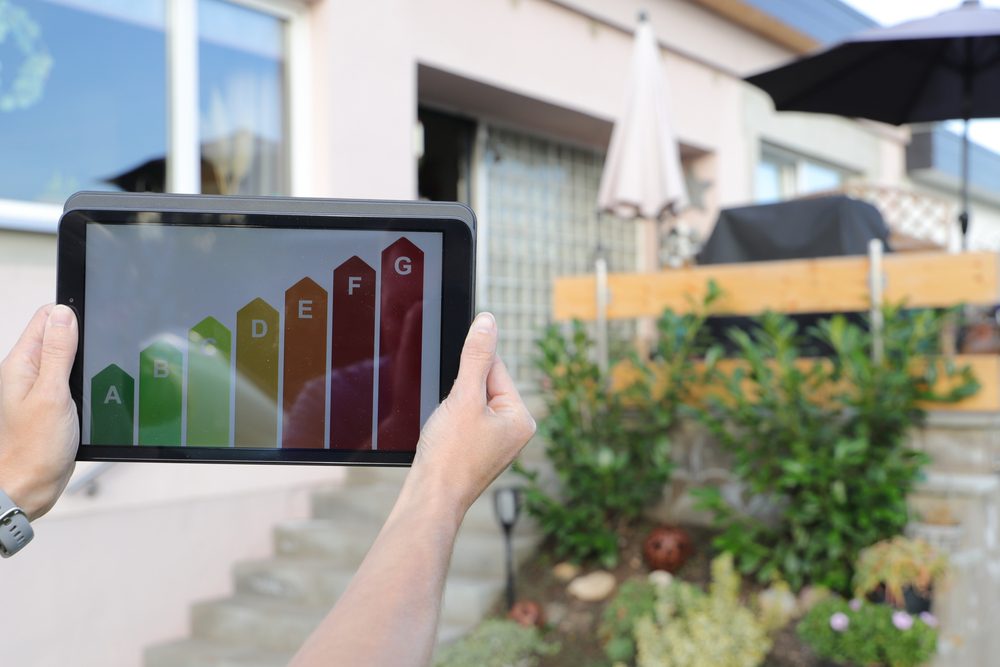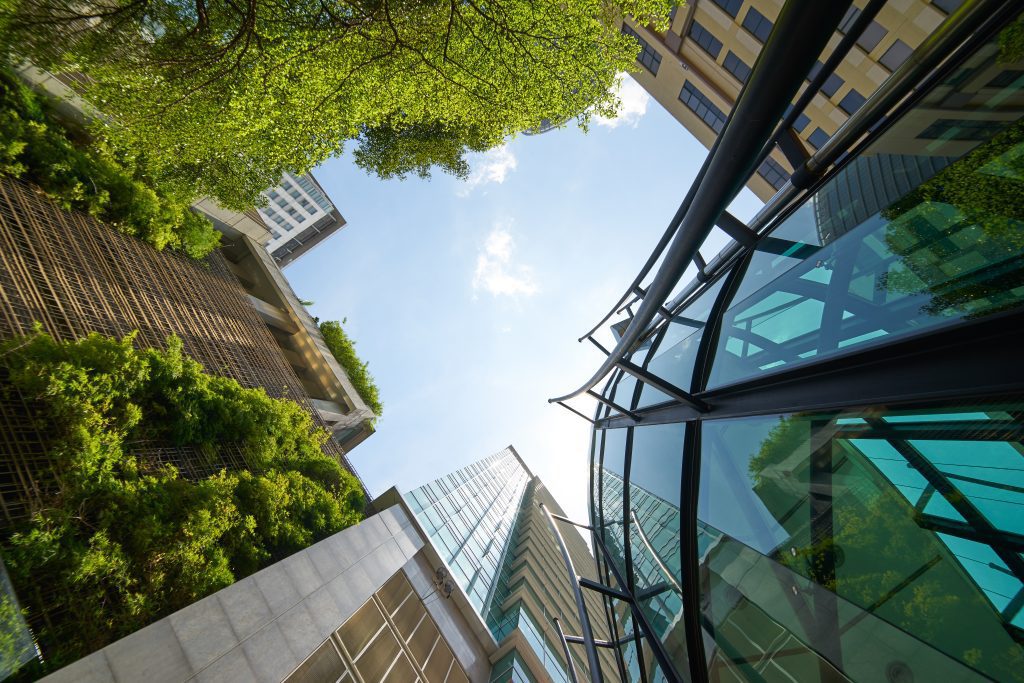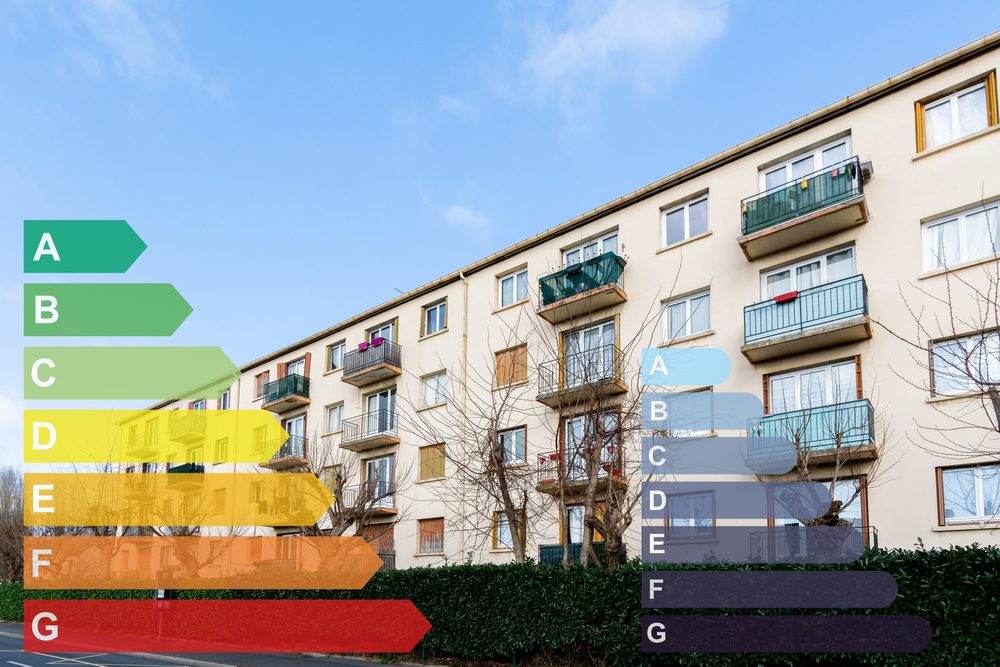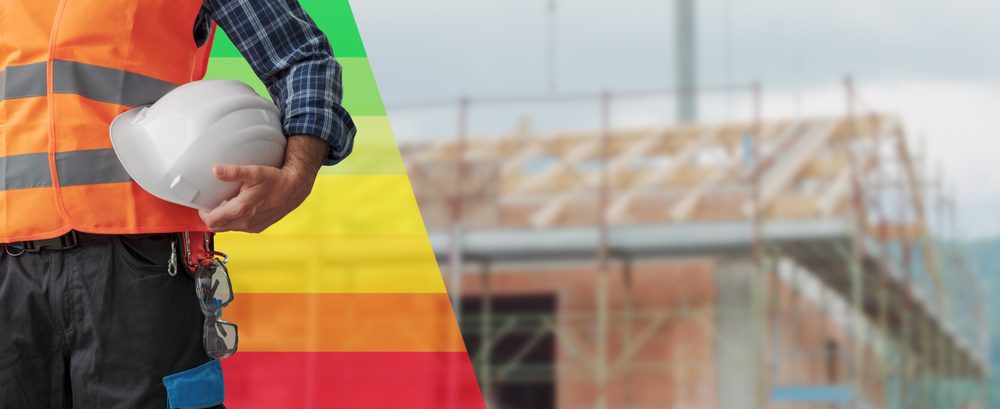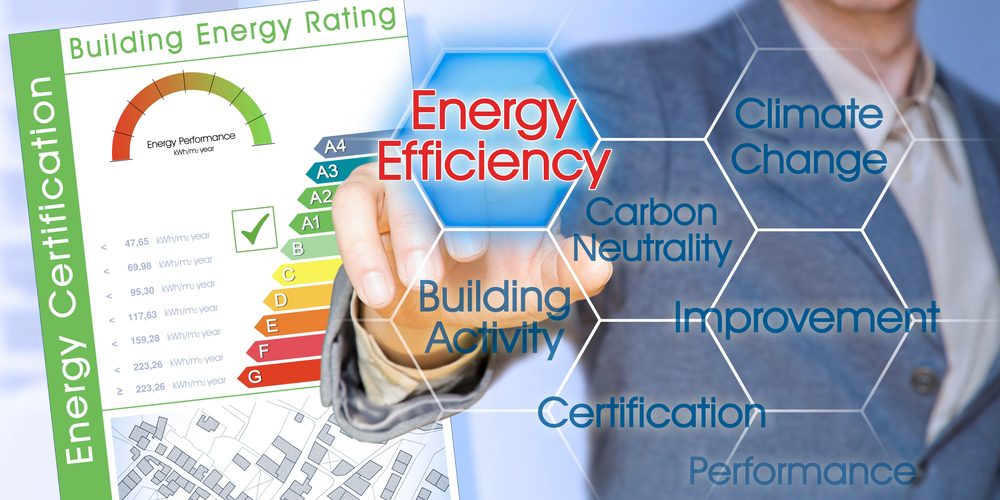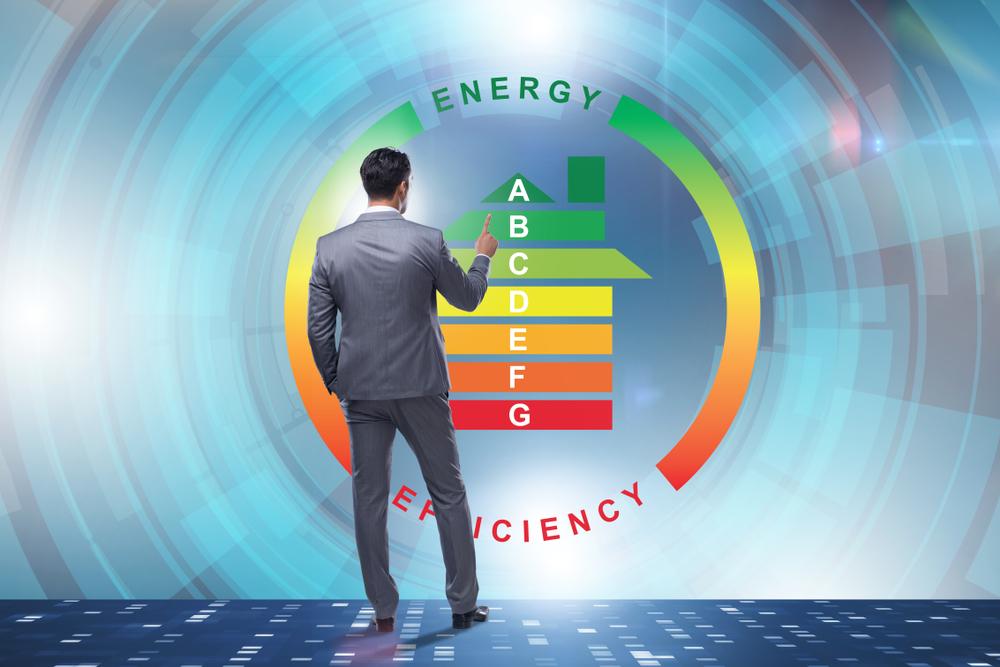Introduction
In the global quest for sustainability and environmental responsibility, the commercial real estate sector has emerged as a significant contributor to carbon emissions. Buildings, ranging from office spaces to retail complexes, hotels, and more, account for a substantial portion of greenhouse gas emissions. Consequently, monitoring and reducing carbon risk in this sector have become imperative. Fortunately, an innovative tool called the Carbon Risk Commercial Real Estate Monitor has emerged, revolutionizing the way we approach carbon reduction in commercial real estate. In this blog, we will delve deeper into the importance of this tool, its key features, benefits, and its role in driving the decarbonization of the industry.
Understanding the Carbon Risk
To fully grasp the significance of the Carbon Risk Commercial Real Estate Monitor, it is essential to understand the concept of carbon risk. Carbon risk refers to the financial and environmental risks associated with carbon emissions. As the world increasingly focuses on mitigating climate change, carbon risk has become a major concern for stakeholders across various industries. In the context of commercial real estate, this sector poses a significant carbon risk due to the energy consumption and emissions associated with its day-to-day operations.
Importance of the Commercial Real Estate Sector
The commercial real estate sector plays a crucial role in the global carbon emissions landscape. According to studies, this sector accounts for almost 40% of global energy consumption and approximately one-third of global greenhouse gas emissions. The buildings within this sector consume vast amounts of energy, leading to significant carbon emissions. Recognizing the impact of commercial real estate on the environment, efforts to decarbonize this sector have gained momentum worldwide.
The Carbon Risk Commercial Real Estate Monitor: A Game-Changing Tool
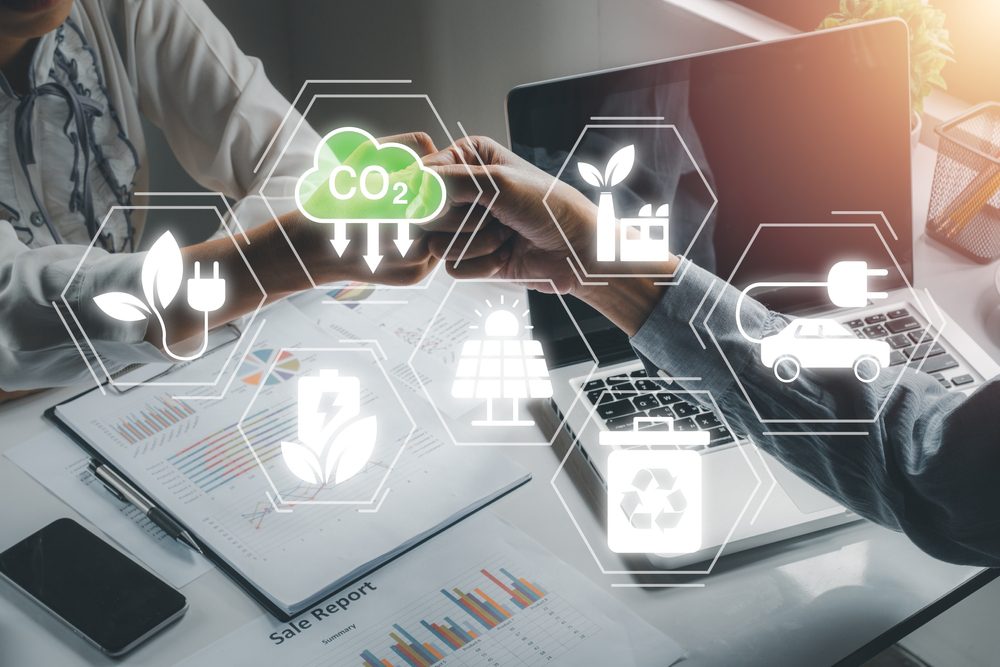
The Carbon Risk Commercial Real Estate Monitor stands as an innovative tool developed by leading sustainability experts to quantify and manage carbon risk in the commercial real estate sector. With its comprehensive approach, this monitor provides essential insights and metrics that enable stakeholders to identify, measure, and mitigate carbon risks associated with their real estate assets.
Key Features and Benefits
Quantifying Carbon Footprint
One of the most crucial features of the Carbon Risk Commercial Real Estate Monitor is its ability to accurately calculate the carbon footprint of commercial real estate properties. By assessing energy consumption, waste management practices, water usage, and other relevant factors, stakeholders can gain a holistic understanding of the environmental impact posed by their portfolio of assets. Armed with this comprehensive assessment, stakeholders can implement targeted interventions to reduce emissions and improve overall sustainability performance.
Quantifying the carbon footprint allows stakeholders to prioritize their efforts effectively. For example, if a property is found to have a significant carbon footprint, measures can be taken to retrofit the building with energy-efficient systems, install renewable energy sources like solar panels, or improve insulation to reduce heating and cooling needs. Monitoring and tracking the carbon footprint over time enables stakeholders to evaluate the effectiveness of their initiatives, make necessary adjustments, and communicate progress to stakeholders and regulatory bodies.
Identifying High-Impact Assets
The monitor plays a vital role in helping stakeholders identify buildings with the highest carbon emissions. Armed with this information, stakeholders can prioritize efforts and allocate resources towards improving the environmental performance of these high-impact assets. By focusing on these buildings, stakeholders can achieve more significant emissions reductions and effectively manage carbon risk within their portfolios.
Identifying and targeting high-impact assets for emissions reductions can lead to substantial improvements in a real estate portfolio’s sustainability performance. Retrofitting or upgrading these buildings with energy-efficient systems, implementing smart building technologies, or exploring opportunities for on-site renewable energy generation can significantly reduce carbon emissions. Additionally, stakeholders can explore the potential for repurposing or redeveloping underperforming assets, transforming them into sustainable and energy-efficient structures.
Assessing Energy Efficiency
Energy efficiency analysis is another crucial aspect of the Carbon Risk Commercial Real Estate Monitor. By providing comprehensive insights into energy performance, this tool empowers stakeholders to identify opportunities for improvement and cost reduction. By optimizing energy consumption, commercial real estate owners can simultaneously reduce their carbon footprint while also benefiting from reduced operational expenses.
The monitor uses various metrics and benchmarks to assess energy efficiency, such as the Energy Star rating, energy-use intensity (EUI), and performance indicators like energy consumption per square foot. By evaluating energy efficiency across a portfolio, stakeholders can identify properties that are underperforming and implement targeted initiatives to improve their energy performance. These initiatives may include upgrading lighting systems, implementing demand-response programs, or adopting smart building technologies to optimize energy usage.
Supporting Sustainable Investment Decisions
With the growing importance of sustainable investing, the Carbon Risk Commercial Real Estate Monitor offers invaluable support to investors seeking to allocate capital to environmentally responsible projects. By assessing the carbon risk associated with potential investments, this tool helps align investment decisions with sustainability goals while simultaneously mitigating financial risks linked to carbon-intensive assets. Integrating the monitor into investment strategies ensures that funds are directed towards projects that support both environmental and financial objectives.
Sustainable investment decisions are becoming increasingly critical as investors recognize the potential financial risks associated with assets that are not aligned with sustainable practices. The Carbon Risk Commercial Real Estate Monitor provides relevant data and insights that investors can use to assess the sustainability performance of real estate assets. By considering carbon risk and sustainability factors, such as energy efficiency, green certifications, and renewable energy usage, investors can make informed decisions that support their sustainability goals while potentially reducing future financial risks.
Tracking Progress and Driving Continuous Improvement
The Carbon Risk Commercial Real Estate Monitor provides stakeholders with the ability to track progress over time in reducing carbon emissions and improving sustainability performance. This feature enables benchmarking against industry standards and facilitates the implementation of targeted measures to achieve long-term decarbonization goals. Regular monitoring not only ensures compliance with sustainability objectives but also drives continuous improvement and enhances accountability within the commercial real estate sector.
Tracking progress and benchmarking against industry peers and standards are essential for driving continuous improvement. Stakeholders can set specific targets for emissions reductions, energy efficiency improvements, and sustainability certifications based on the data provided by the monitor. By regularly reviewing and reassessing the performance of their portfolio, stakeholders can identify areas for further enhancement and make informed decisions regarding future investments, retrofits, or upgrades.
The Path towards Decarbonization
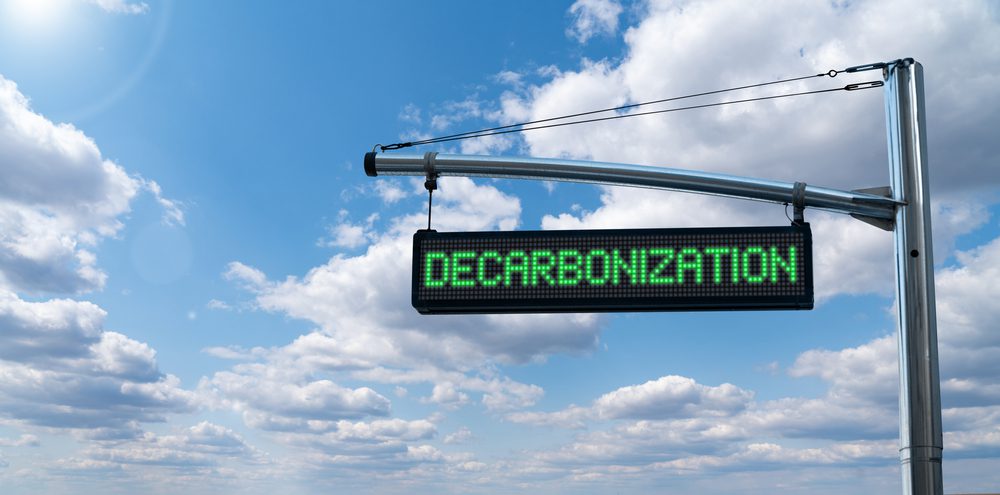
The Carbon Risk Commercial Real Estate Monitor serves as a powerful tool that propels the commercial real estate sector towards decarbonization. By leveraging this tool’s capabilities, stakeholders can take significant strides in reducing their environmental impact, aligning their operations with sustainability objectives, and complying with local regulations. Embracing the monitor encourages the sector to embrace new technologies, adopt renewable energy sources, and implement energy-efficient strategies that foster sustainability and create a brighter future.
Governments and regulatory bodies worldwide are increasingly recognizing the crucial role of the commercial real estate sector in combating climate change. In response, they are implementing stringent regulations and incentivizing sustainable practices. The Carbon Risk Commercial Real Estate Monitor allows stakeholders to stay ahead of these regulatory requirements and proactively address carbon risk in their portfolios. By integrating the monitor into their strategies, stakeholders can transform commercial real estate into a key driver of sustainability, ensuring a greener future for generations to come.
Conclusion
As the commercial real estate sector faces increasing pressure to address carbon risk and contribute to global decarbonization efforts, the Carbon Risk Commercial Real Estate Monitor emerges as a fundamental solution. With its ability to quantify carbon footprints, identify high-impact assets, assess energy efficiency, support sustainable investment decisions, and track progress, this tool provides a holistic approach to decarbonizing the sector. By integrating the monitor into their strategies, stakeholders can make informed decisions, prioritize sustainability, and reduce their environmental impact, transforming commercial real estate into a key driver of sustainability. With the adoption of this tool, the commercial real estate industry can pave the way towards a greener, more sustainable future for generations to come.
Discover how VertPro.com can elevate your property’s energy efficiency to new heights. We are your ultimate destination for all things related to Commercial Energy Audits, Benchmark Compliance consultancy, and access to our state-of-the-art Construction Marketplace. As trailblazers in the industry, VertPro® empowers Building Owners and Property Managers across the nation with innovative SaaS technology-based solutions. From Energy Benchmarking to Energy Audits/RCx Plus, we’re dedicated to ensuring compliance with over 50 Energy Benchmarking and Energy Efficiency Laws.
Now is the time to seize the opportunity to maximize your property’s energy potential and value. Explore VertPro.com’s comprehensive solutions today and let us be the catalyst for the transformation your property deserves. Your energy-efficient future starts here!



